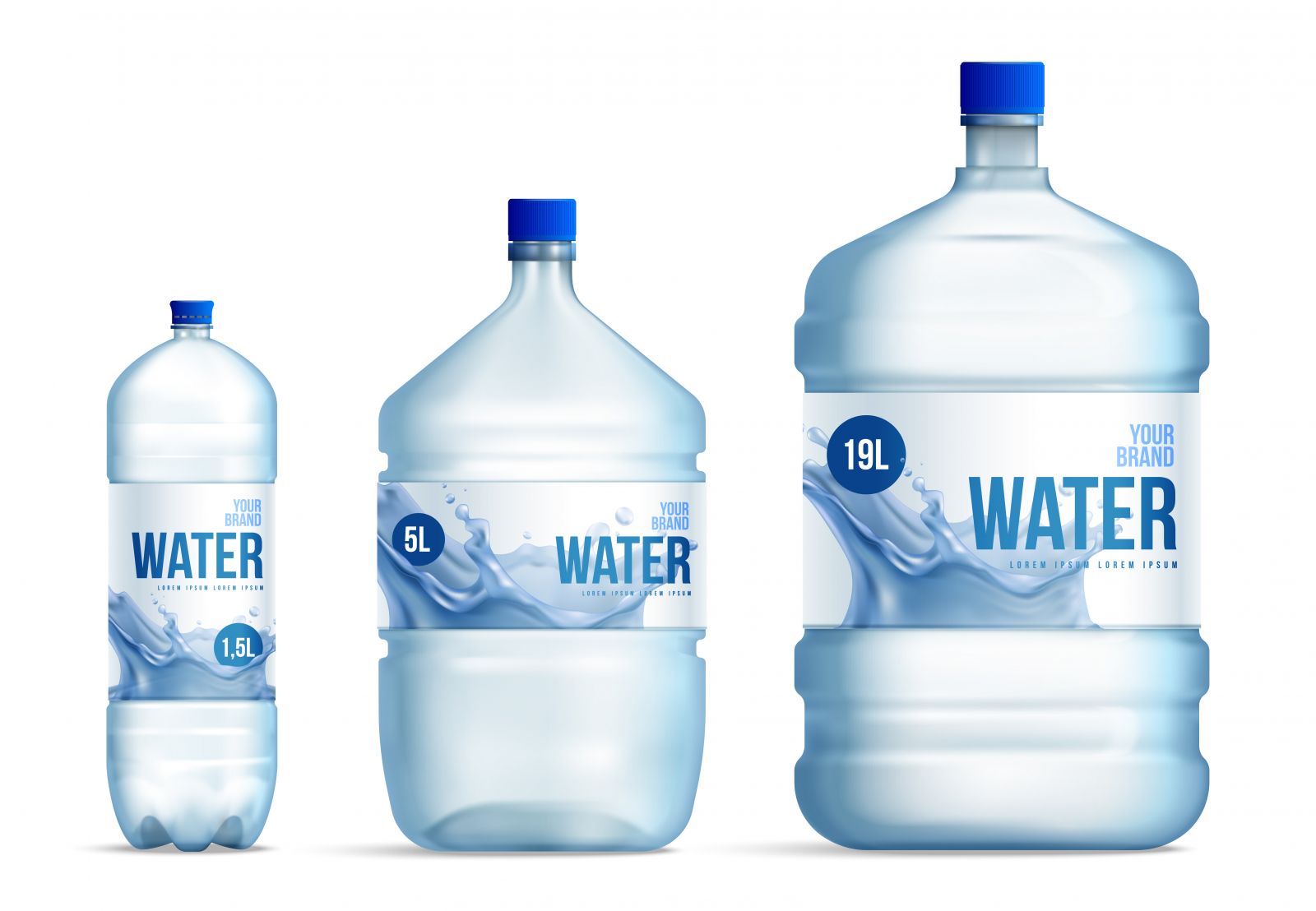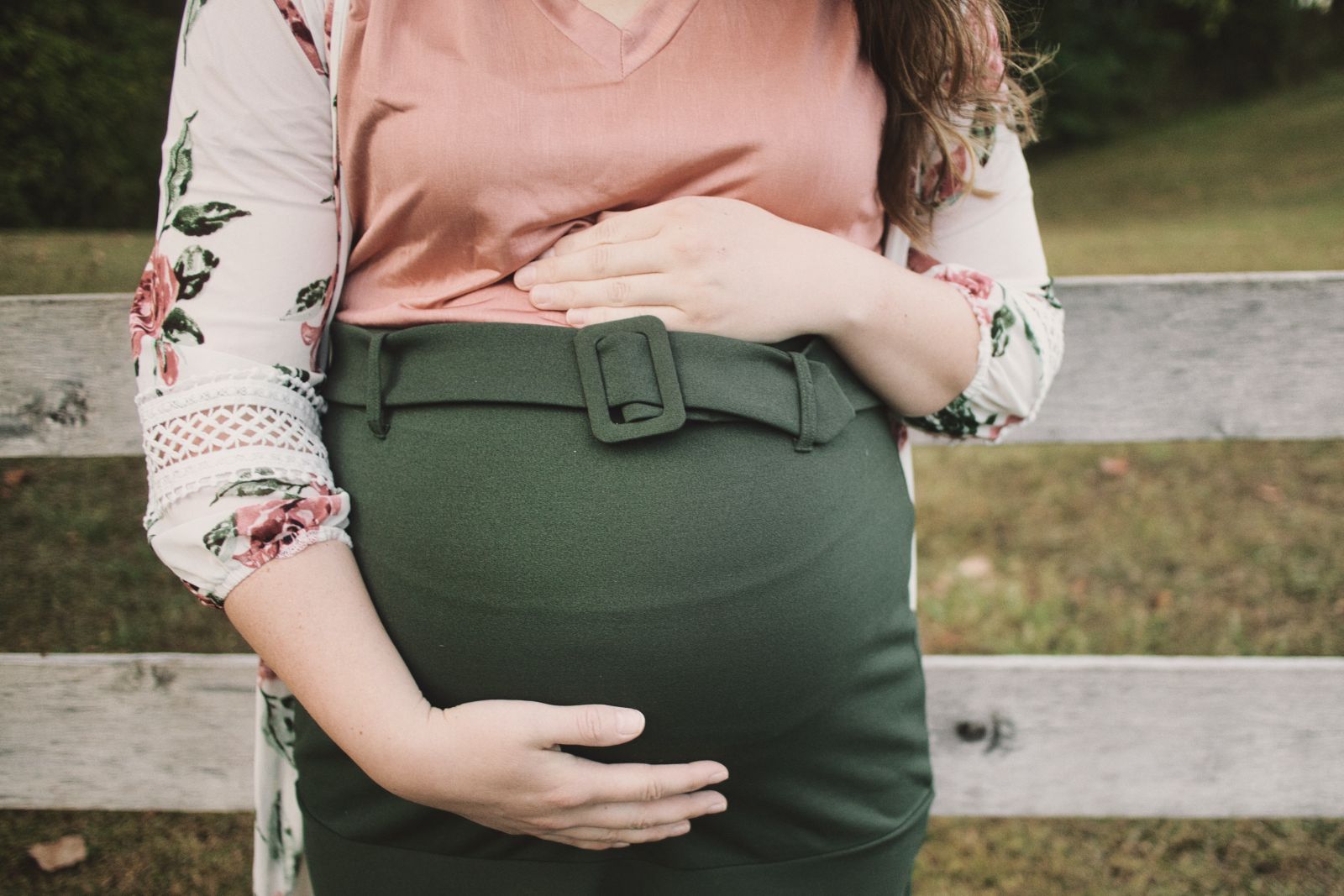Bisphenol A (BPA) is a chemical used to produce polycarbonate plastic. This type of plastic is commonly used to make various containers for drinking water (including reusable gallons), food containers, toys, epoxy resins coating metal food cans (including milk cans), bottle caps, bathroom accessories, and pipes.
How can we know if a product contains BPA? Generally, containers containing BPA are marked with a triangle code with the numbers 3 or 7 inside. The Bisphenol A content can migrate from plastic packaging into the packaged water, which has the potential to affect health.
In Indonesia, the limit for migration of Bisphenol A in polycarbonate plastic packaging is set by the Food and Drug Administration Regulation Number 20 of 2019 on Food Packaging, which is 0.6 bpj. This policy will be revised, aiming to set a lower maximum migration limit to protect the public.

Health Risks Due to BPA Exposure
The concern is not about the use of reusable gallons, but rather the Bisphenol A compound itself. There are potential health risks associated with long-term use for adults, children, and even fetuses. Here are some of them:
- Reproductive disorders in women and men (infertility, erectile dysfunction, and ejaculation issues)
- Cardiovascular diseases (coronary heart disease, angina, heart attacks, hypertension, atherosclerosis, and arrhythmias)
- Type 2 diabetes mellitus
- Obesity
- Cancer (breast and prostate)
- Developmental disorders in fetal brains (social behavior disorders such as autism or ADHD)

Minimizing BPA Exposure
Temperature is the main factor that can cause damage to polycarbonate plastic, leading to the release of BPA into the packaged product. For example, when reusable gallons are delivered to customers using open vehicles exposed to direct sunlight.
The Indonesian Food and Drug Administration (BPOM) will regulate the restriction of migration and labeling of BPA on packaging to safeguard public health. Meanwhile, here are some steps to minimize BPA exposure:
- Avoid putting polycarbonate plastic food containers in the microwave
- Store containers in a clean and cool place
- Avoid direct sunlight exposure and sharp-smelling objects
- Check the recycling code under the packaging
- Reduce the use of canned foods
- Use containers made of glass, stainless steel, or porcelain for hot foods
- Choose BPA-free labeled baby food containers
So, BPA is a chemical used to produce polycarbonate plastic, including reusable gallons. This compound can migrate from packaging to the packaged water. Long-term exposure can pose various health risks, such as reproductive disorders, cardiovascular diseases, and fetal developmental disorders. What preventive measures have you taken?
Download the Newfemme app now to get more interesting tips and information!

